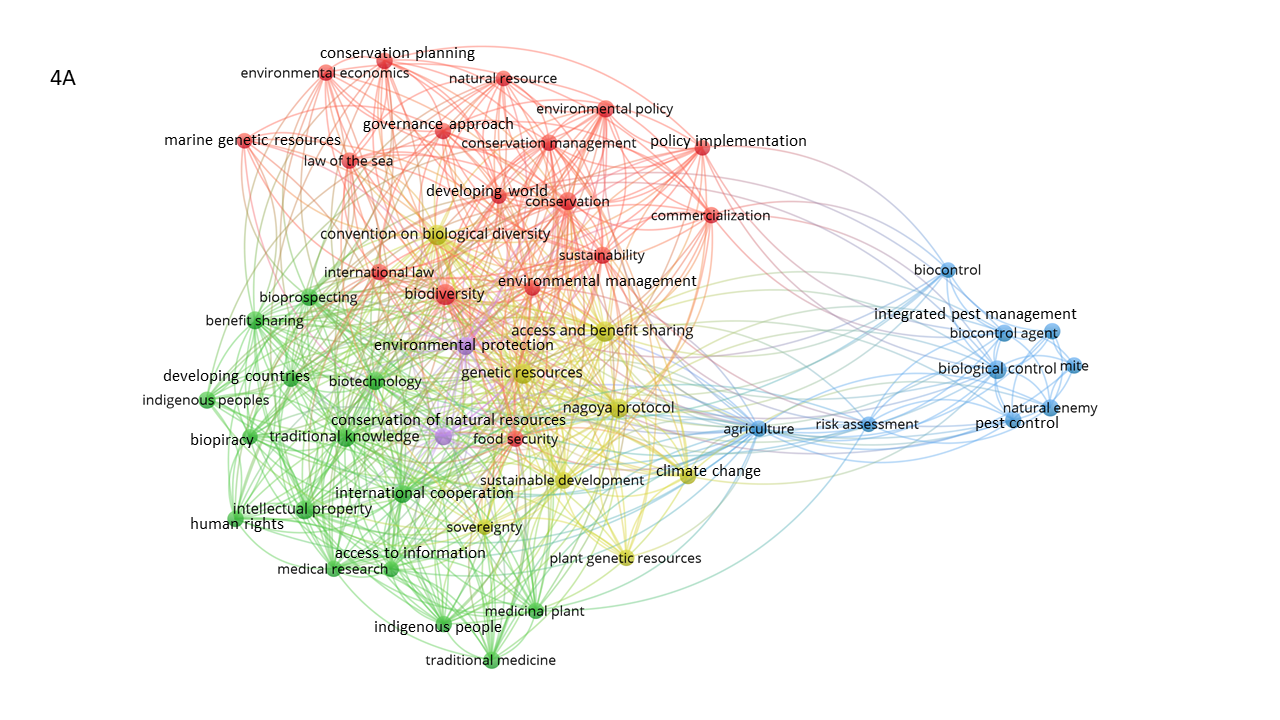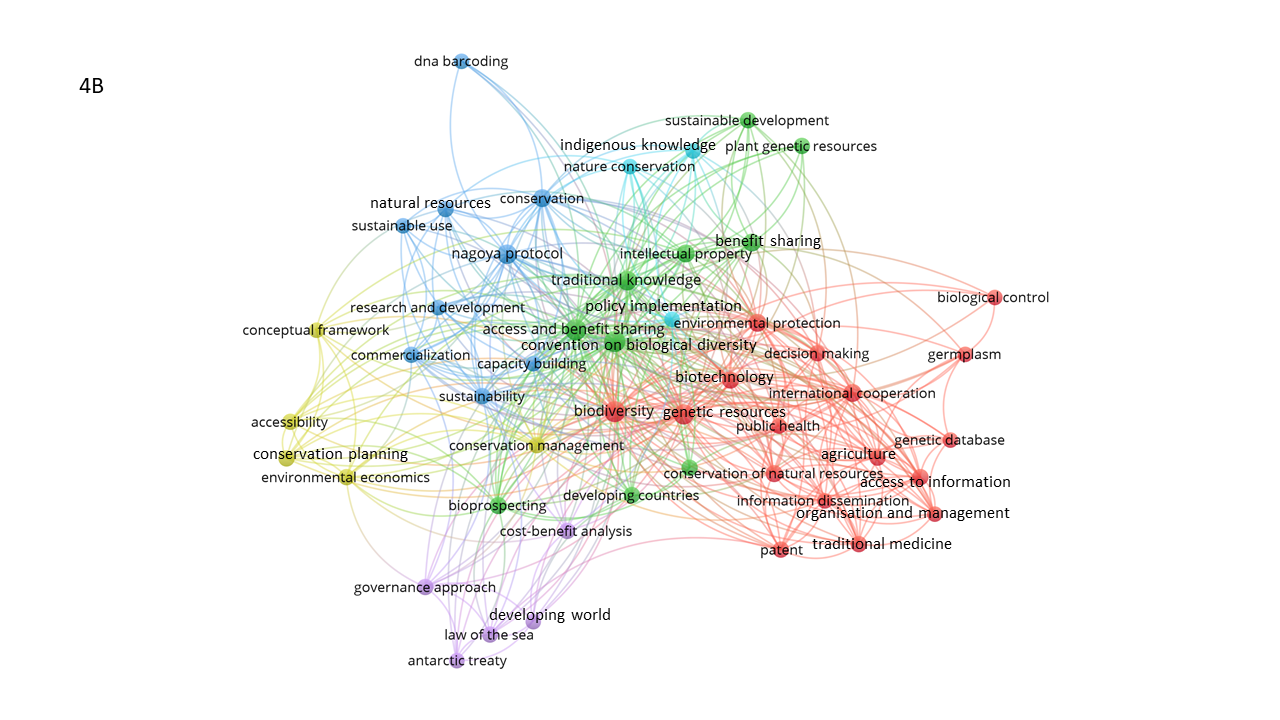This post has been contributed by Professor Charles Lawson, Professor of Law at Griffith Law School and Law Futures Centre member and Professor Catherine Pickering, Professor of Environmental Science at Griffith School of Environment.
The United Nations’ Convention on Biological Diversity (CBD) is the most important global agreement for conservation and arose in response to declines in biodiversity due to human activities, issues that have only increased in importance and severity since the CBD’s conclusion in 1992, and often now referred to as the sixth mass extinction event.
At the end of the negotiation process, the CBD was a diplomatic compromise balancing conservation, technological development, regulated access to biological resources and international equity — essentially a “grand bargain” about biodiversity between rich and developing South countries co-operating in conservation efforts in exchange for developed but relatively biodiverse poor North countries transferring technology and finances in a transaction for access to their genetic resources (called access to biological resources and benefit sharing or ABS).
This accorded with the World Commission on Environment and Development (Brundtland Commission) linking fairness, equity and conservation and the focus in the CBD on conservation and sustainable development.
Running parallel with the formal machinery of the CBD is a social, legal and policy debate in the academic literature about the merits of the outcomes of the various CBD bodies and forums, and specifically their decisions and the implementation of their decisions in Contracting Party laws.
We conducted a scientometric review of academic literature about ABS in relation to the CBD (and its Nagoya Protocol) to summarize the literature.
Specifically, we wanted to see what research had been conducted, when and by whom, as well as identifying future research directions.
There were 723 publications by 2,225 authors broadly related to this topic of which 150 publications by 395 researchers focus on the topic.
The literature reflected by keyword choices was diverse in disciplines (eg., social sciences, biological sciences), forms (eg., articles, books, and so on), journals/publishers, authors/affiliations, and themes.
Significantly, the vast majority of authors (about 70%) only authored one publication.
The literature divided between publications about complying with ABS as a regulatory hurdle to doing science, or on ABS examining social, legal and policy aspects of regulation.
While the CBD is focused on conservation and sustainable development, the literature was focused on a diversity of social, legal and policy debates.
We highlight the importance of future research on ABS addressing conservation per se and conclude the scientometric analysis shows that while research on ABS is active, an increasing focus on conservation per se and sustainable development is required.

Visualisation of relationships between keywords for the broad literature identified by searching all fields (723 publications). The size of the circle reflects the number of times the keyword was listed in the literature with circles close together more likely to co-occur in the same publication, with colours indicating clusters of themes in key words. The image was generated in VOSviewer based on data from Scopus.

Visualisation of relationships between keywords for the focused literature identified by a focused search of only title, abstract and key words (150 publications). The size of the circle reflects the number of times the keyword was listed in the literature with circles close together more likely to co-occur in the same publication, with colours indicating clusters of themes in key words. The image was generated in VOSviewer based on data from Scopus.


